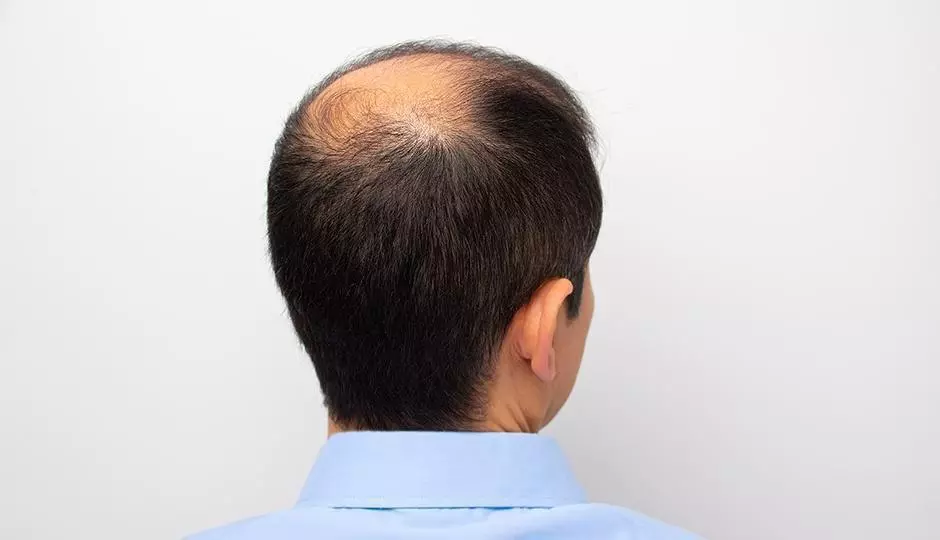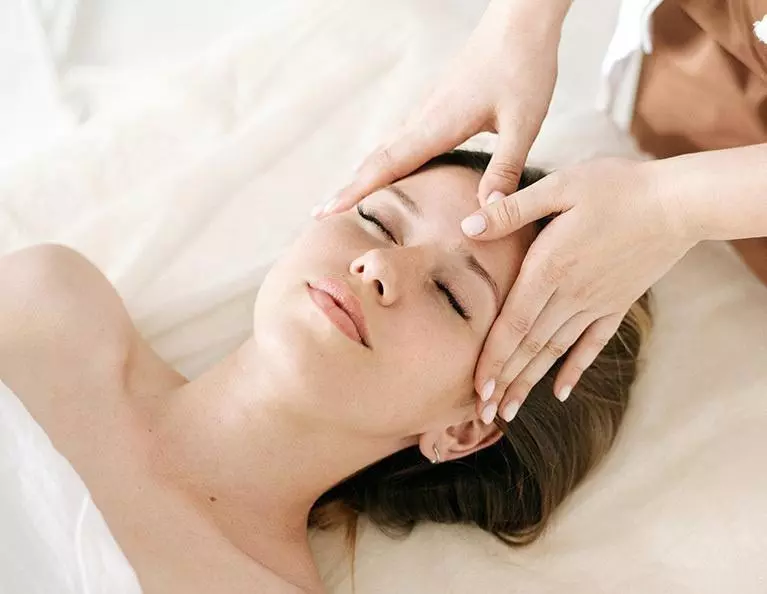Hair Loss Causes
Noticing that hair loss is happening can be far easier than figuring out why it is happening. From genetics to diet, stress to medications, and disease to external damage, causes of hair loss can vary greatly and just like any abnormal physical change, understanding those causes requires the assistance of one or more professionals who are experienced in solving such mysteries. Experts in hair loss and restoration use a number of tools to explore the dynamics of each individual’s situation. Many of these are employed here at New Look Institute while others are performed by other specialists that we partner with or doctors who may have referred you to us, and it can often take a combination of approaches to truly comprehend the intricacies of a specific hair loss process. We pride ourselves in offering our clients support and education throughout the diagnostic process and then matching the cause and manifestation of their thinning or loss to the most appropriate, effective, and natural looking solutions. While analysis of hair and scalp issues and subsequent diagnoses depend on patterns of hair loss and patient age and habits, here are a few methods that you may encounter:
Verbal Interview
A Q&A session regarding your hair loss and your family and medical history can go a long way towards aiding your hair loss specialist in understanding your situation. Expect to help here by providing details on a variety of areas such as onset, progression, specific changes, and concurrent diagnoses as well as information on prescription medications, diet, and family hair loss prevalence. Through these and other questions, your specialist can learn a lot about your process and its cause.
Scalp Exam
Scalp exams can vary greatly, but they are enormously important in getting to the root of the problem (how about that pun?). Through a hair and scalp analysis, your specialist can take a hands-on approach to the investigation of potential infections, changes in follicle density, and determining possible scarring. Through a verbal interview and this initial scalp analysis, the hair loss specialist can determine if further degrees of exploration (such as cell biopsies) may be required.
Body Hair Exam
Whether hair loss is occurring only on the head, only on a specific part of the body, or in many places across the body is an imperative differentiation for specialists while making a diagnosis. Not all individuals with hair thinning or loss will require a body hair exam, but for those experiencing such changes in places other than their scalp, a body hair exam can provide important clues required for cause identification.
Hair Counting
How many hairs do you shed each day? Sometimes this can be difficult for a person to quantify or estimate. It may seem like “more than usual”, but what does that mean to a professional in terms of the degree of change? Depending on clues gathered through the verbal interview and scalp analysis, a specialist may suggest that the client collects hair from their brush or shower each day for a week or two. This helps both parties get a more exact understanding of the loss and how it changes with specific daily activities.
Hair Pulling
Hair pulling, as odd as it may sound, is an assessment tool that offers information to the professional you are working with on a number of levels. For example, one can learn through simple touch how readily the hairs can be pulled and then, on a more technical level, one can also learn about growth phases and disease or damage by viewing the follicles under a microscope. As with many of these tools for diagnosis, hair pulling is not a technique employed with all clients.
Blood Tests
Last, but not least, sometimes your doctor may use blood tests to gain information about potential underlying medical conditions. This is especially the case in young patients and patients showing other symptoms of illnesses that cause hair loss as a secondary effect.
In order to select a hair restoration solution that is right for you, we must first gain an understanding of the cause behind the thinning or loss. By addressing both the root of the issue and the expected progression, we can find the best match for your individual experience and lifestyle. Start the process today with a hair and scalp analysis with one of our highly trained specialists for free!Book a free consultation now.
Photo credit: Barbro Andersen via Flickr Creative Commons







